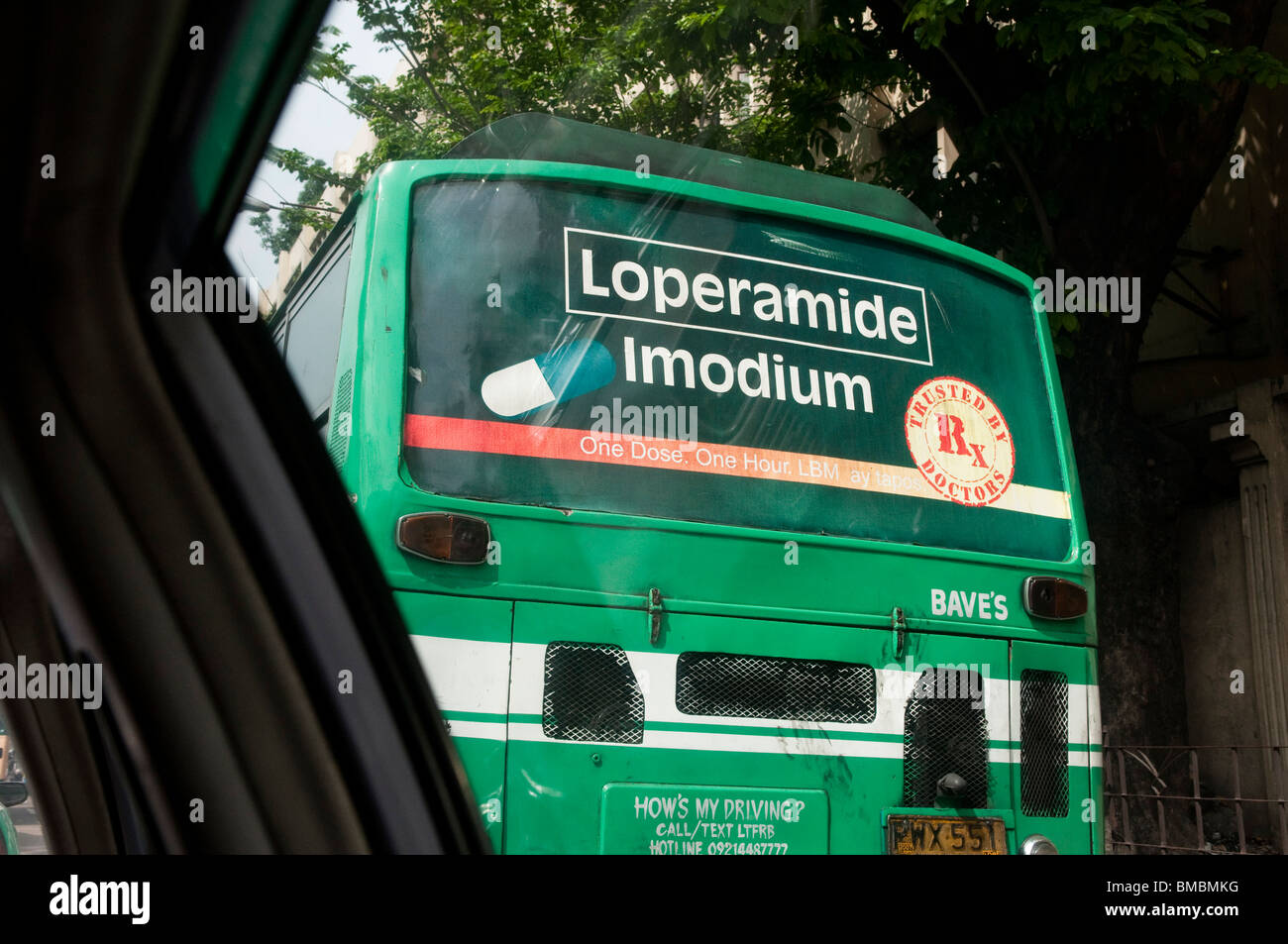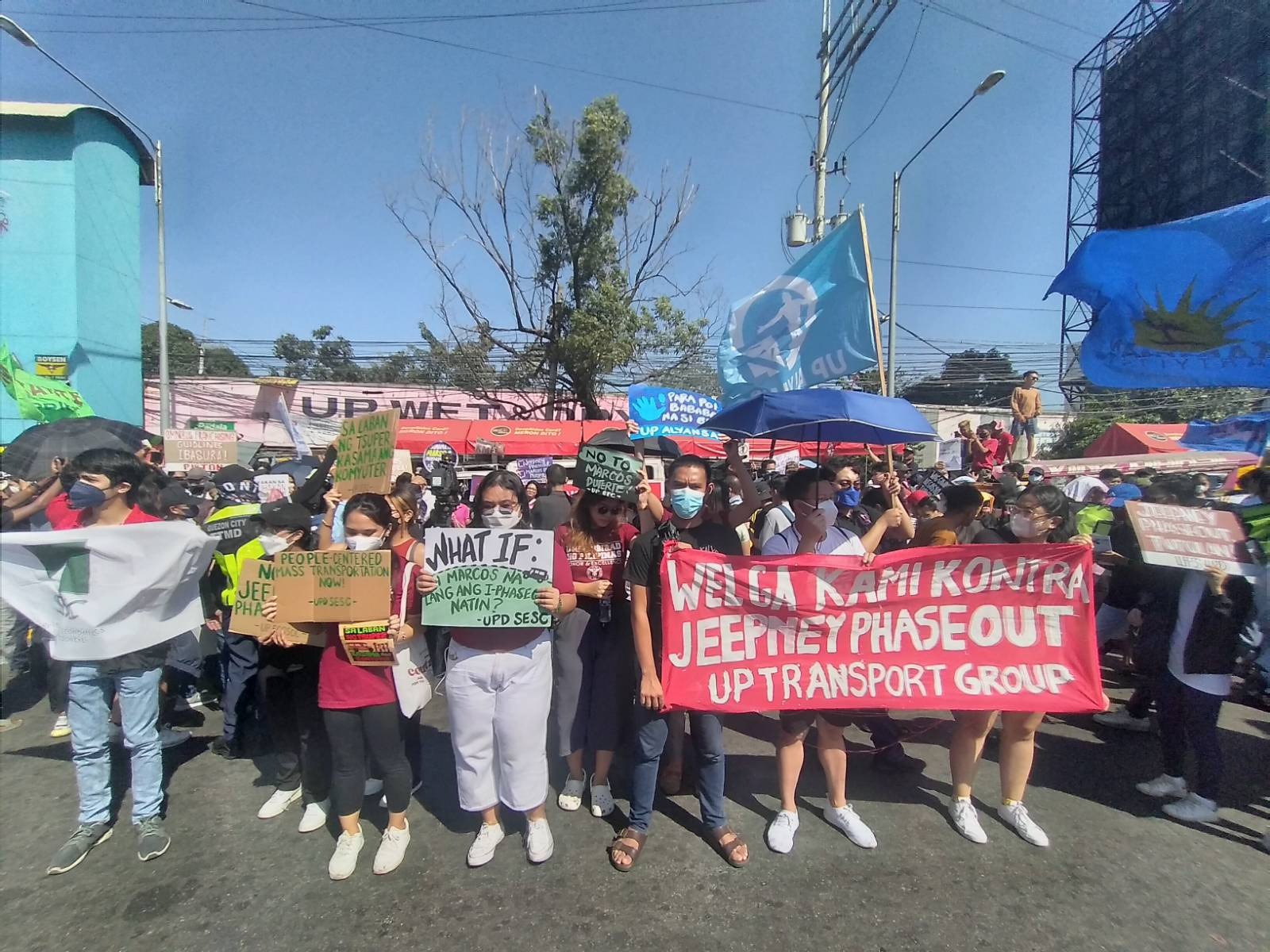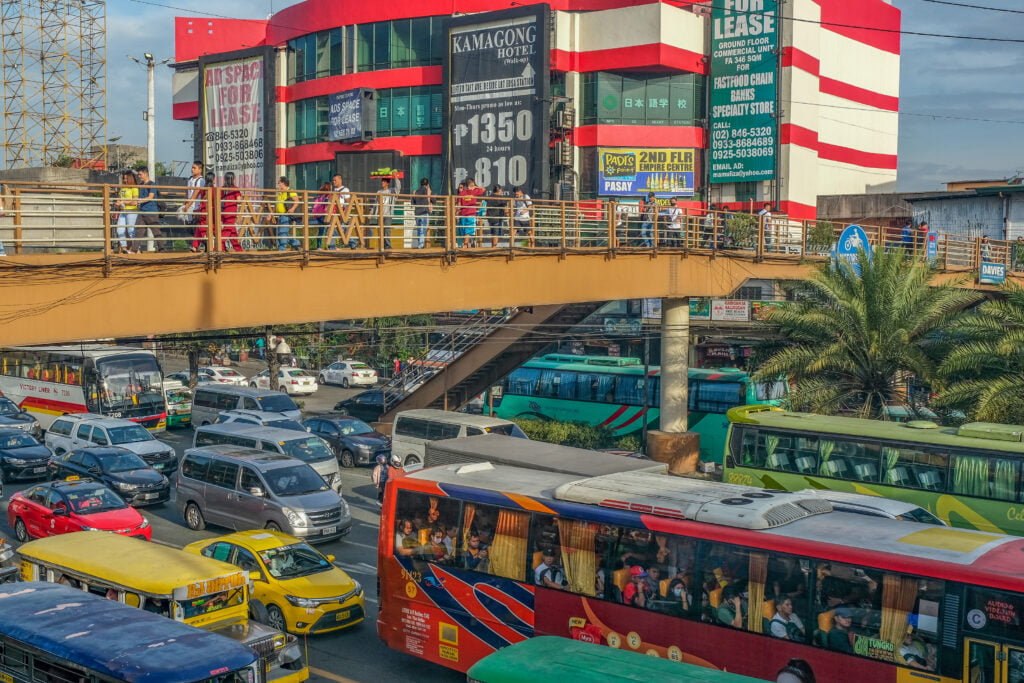Enhance Brand Get To with Transit Advertising Philippines
Enhance Brand Get To with Transit Advertising Philippines
Blog Article
Exactly How Transit Advertising And Marketing Can Change Public Transport Spaces Into Dynamic Advertising And Marketing Operatings Systems
Transit marketing holds considerable capacity to redefine public transport spaces into vivid advertising platforms that engage and inform. As we discover the diverse benefits and progressing methods of transit marketing, it raises the question of how this transformation can redefine our communications with both brands and the urban environment.
Advantages of Transportation Marketing

Furthermore, transportation marketing is highly cost-effective compared to typical media. It permits advertisers to accomplish high perceptions at lower costs, maximizing return on investment. The captive target market of travelers supplies a possibility for brand names to communicate their messages to people that are commonly responsive throughout their traveling times.
Additionally, the dynamic nature of transportation advertising and marketing allows campaigns to be updated frequently, guaranteeing that messaging remains timely and pertinent. This flexibility can be vital in responding to market trends or promotional occasions, maintaining the brand top-of-mind for consumers. Last but not least, the pervasive existence of transportation advertising and marketing adds to brand recall; repeated direct exposure within acquainted traveling contexts reinforces brand understanding and promotes customer commitment, ultimately driving sales and boosting brand name credibility.
Sorts Of Transportation Advertising And Marketing
Public transport systems provide various formats for marketing, each accommodating different marketing techniques and audience engagement methods. One popular type is outside bus and train covers, which cover the whole lorry and develop a mobile signboard result, permitting for high presence in city settings. These covers can catch interest as they pass through hectic streets, reaching a diverse audience.
One more popular format is indoor advertising, that includes posters, electronic screens, and advertisements on transportation seats. These placements involve guests during their trip, enhancing brand messaging in a confined room. Digital shows, in particular, supply the benefit of dynamic web content, allowing advertisers to upgrade messages in real-time.
Station advertising and marketing is additionally considerable, including posters, banners, and interactive booths within transit terminals. These ads utilize foot web traffic and can target specific demographics based upon location.
Lastly, advertising partnerships with transit authorities can cause one-of-a-kind campaigns, such as themed transportation experiences or events, boosting the overall involvement with commuters. Each sort of transit advertising and marketing provides distinctive benefits, enabling brand names to tailor their strategy to efficiently reach their target market within the general public transportation ecological community.
Engaging Commuters Properly
Commuters are progressively flooded with marketing messages throughout their daily travels, making it crucial for brands to involve them in cutting-edge ways. To catch focus in this crowded space, marketers have to prioritize creativity and relevance. Using distinctive visuals and concise messaging can considerably boost the chance of engagement.
Interactive aspects, such as QR codes or enhanced truth attributes, can additionally change fixed advertisements into immersive experiences, fostering a deeper connection with the audience. Brands must concentrate on resolving travelers' rate of interests and demands, tailoring messages to resonate with their way of life, whether through promotions for regional services or solutions designed to enhance their commuting experience.
Moreover, timing plays an important function; tactically putting ads during peak commuting hours can optimize presence and influence. Involving commuters efficiently likewise involves leveraging social media assimilation, permitting guests to share their promotions or experiences directly from transit systems, consequently magnifying brand reach.
Fundamentally, reliable involvement rests on understanding the commuter trip and producing compelling, interactive, and appropriate advertising experiences that not just catch attention yet likewise drive action and commitment. By doing so, brand names can transform mass transit into a dynamic advertising and marketing system that resonates with its target market.

Measuring Advertising Influence
Exactly how can brands properly analyze the efficiency of their marketing campaign in transit environments? Determining the impact of transportation marketing calls for a complex method that combines measurable and qualitative metrics. One widespread technique is tracking engagement with mobile analytics, where brand names can examine foot traffic patterns and application interactions in the past, during, and after i thought about this projects.
Surveys can provide important understandings into brand recall and customer sentiment, permitting brands to evaluate exactly how well their messages reverberate with commuters. In addition, keeping an eye on social networks engagement associated to details campaigns can expose changes in public perception and brand conversation.

Moreover, teaming up with transportation firms can enhance measurement accuracy, as they commonly have thorough demographic information on ridership patterns. By integrating these methodologies, brands can establish a thorough understanding of their advertising and marketing effectiveness, ensuring that their campaigns not only reach but also impact their target audiences successfully.
Future Fads en route Advertising And Marketing
A substantial change is prepared for en route marketing as technological developments and altering consumer behaviors improve the landscape. Transit Advertising Philippines. The assimilation of electronic displays and interactive media is anticipated to improve interaction, allowing brand names to supply vibrant content that resonates with varied target markets. As public transportation systems embrace wise technology, marketers will certainly leverage real-time information analytics to customize messages based on passenger demographics and actions
Additionally, enhanced reality (AR) is positioned to reinvent the way travelers communicate with advertisements. By giving immersive experiences, AR can change a mundane trip into an engaging story that captures focus and promotes brand name loyalty. This innovation will likely urge advertisers to develop more experiential projects that drive consumer interaction.
Sustainability is one more crucial fad influencing transportation marketing. As ecological consciousness expands, brands will significantly seek to straighten with environmentally friendly practices, using lasting materials and advertising green efforts within their projects.
Final Thought
In conclusion, transit advertising provides considerable benefits by improving brand exposure and involving a restricted audience. As patterns progress, the capacity for ingenious interactions between commuters and brands is positioned to expand, making certain that transportation advertising and marketing stays an important element of modern marketing strategies.
Transit advertising and marketing holds substantial capacity to redefine public transportation spaces into vivid advertising and marketing systems that educate and involve. The pervasive presence of transportation advertising and marketing contributes to brand recall; repeated direct exposure within acquainted travel contexts enhances brand name understanding and find out this here fosters customer commitment, ultimately driving sales and enhancing brand credibility.
How can brand names precisely assess the performance of their marketing campaigns in transportation environments?In verdict, transit advertising uses considerable benefits by improving brand name exposure and engaging a restricted audience. Transit Advertising Philippines. As patterns evolve, you could try this out the possibility for innovative communications between travelers and brands is poised to expand, making sure that transportation marketing remains a crucial component of contemporary advertising and marketing methods
Report this page